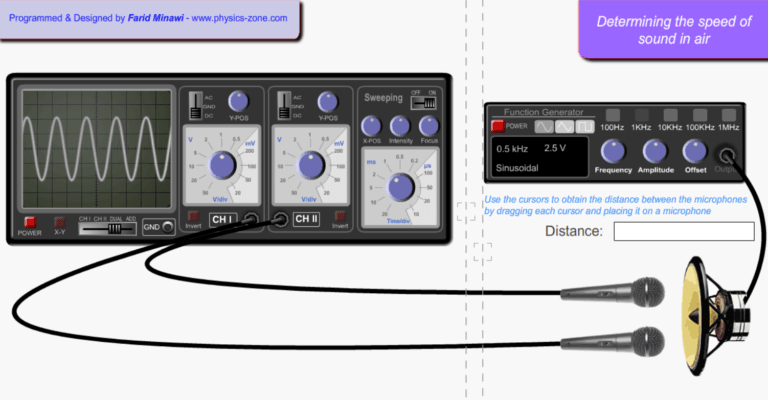Simulation Manual: Charging by Induction
A complete manual for the charging by induction simulation, including a short introduction and a user guide.

A complete manual for the charging by induction simulation, including a short introduction and a user guide.

دليل كامل لمحاكاة التصادم المرن في بعد واحد، مع شرح رياضي لاشتقاق تعبيرات السرعات النهائية من حيث الكتل والسرعات الابتدائية.

A complete manual for the elastic collision in one dimension simulation, with a mathematical explanation of the derivation of the expressions of the final velocities in terms of the masses and the initial velocities.

The complete guide to the photoelectric effect simulation, including a short introduction and a user guide.

الدليل الكامل لمحاكاة التأثير الكهروضوئي، يشتمل على مقدمة قصيرة ودليل الاستخدام.

Explore the photoelectric effect with this advanced simulation. Graph photocurrent vs potential and intensity, and kinetic energy vs frequency. Adjust parameters, visualize results, and discover key quantum physics relationships interactively.

Demonstrate the conservation of linear momentum and kinetic energy in a one-dimensional elastic collision using this interactive physics simulation.

Use this simulation to visualize charging a metallic ball by induction and by contact. Explore both positive and negative charging scenarios with clear visual feedback in an interactive electrostatics setup.

This simulation demonstrates the difference between one-dimensional motion along the x-axis and two-dimensional motion using both x- and y-axes in a Cartesian system.

These downloadable simulations were created with Adobe Flash/ActionScript. While no longer supported in browsers, they can still be run in Windows. They cover topics such as motion, collisions, electrostatics, generators, oscilloscopes, and stroboscopic effects.